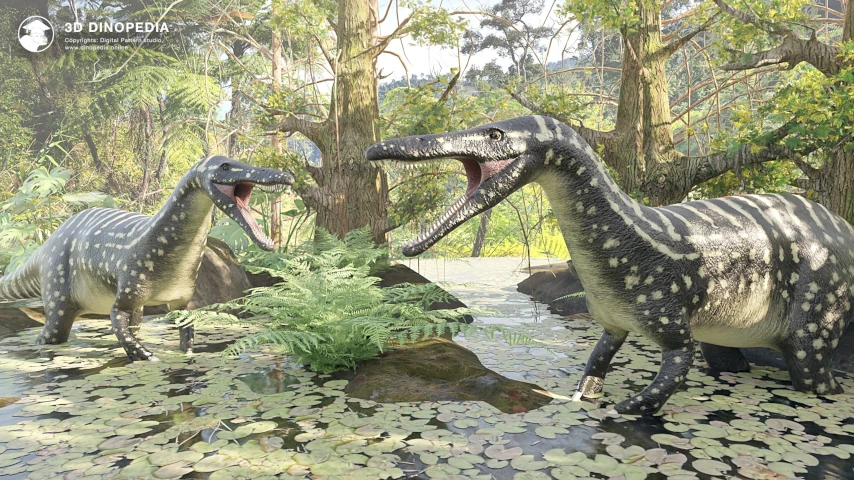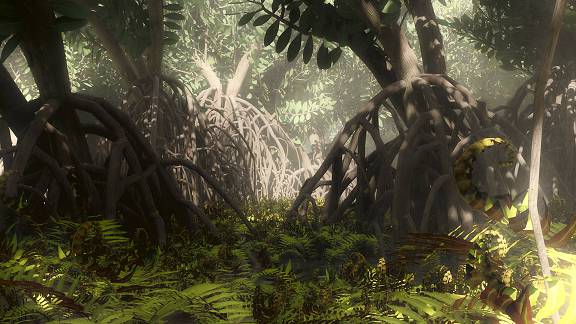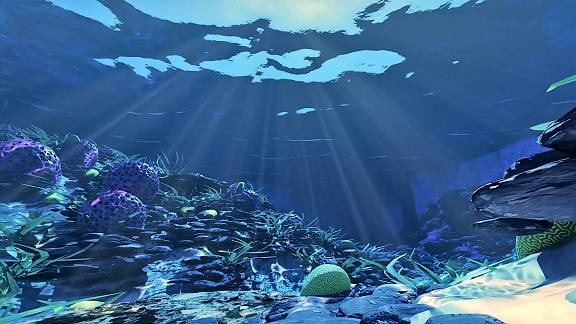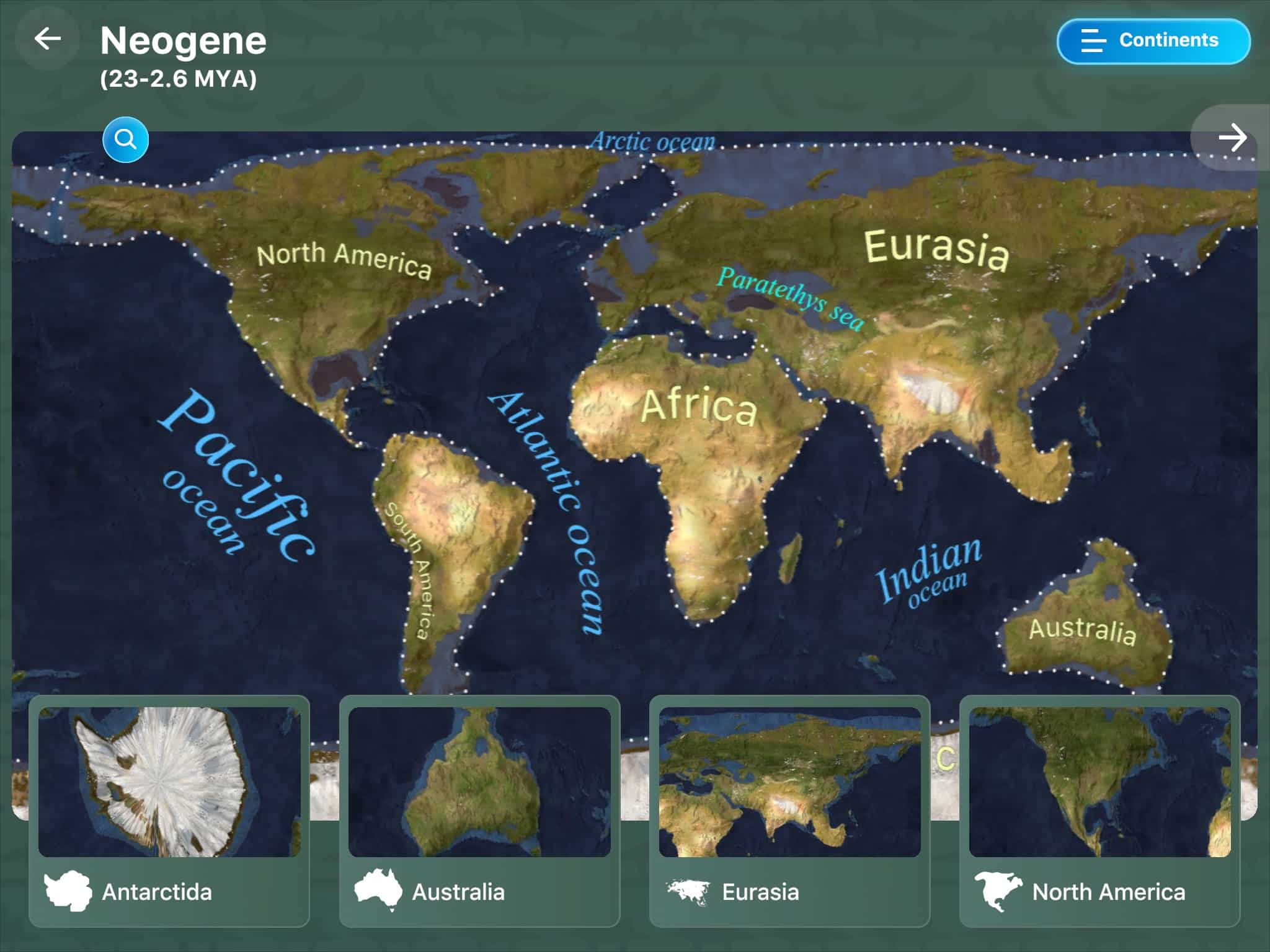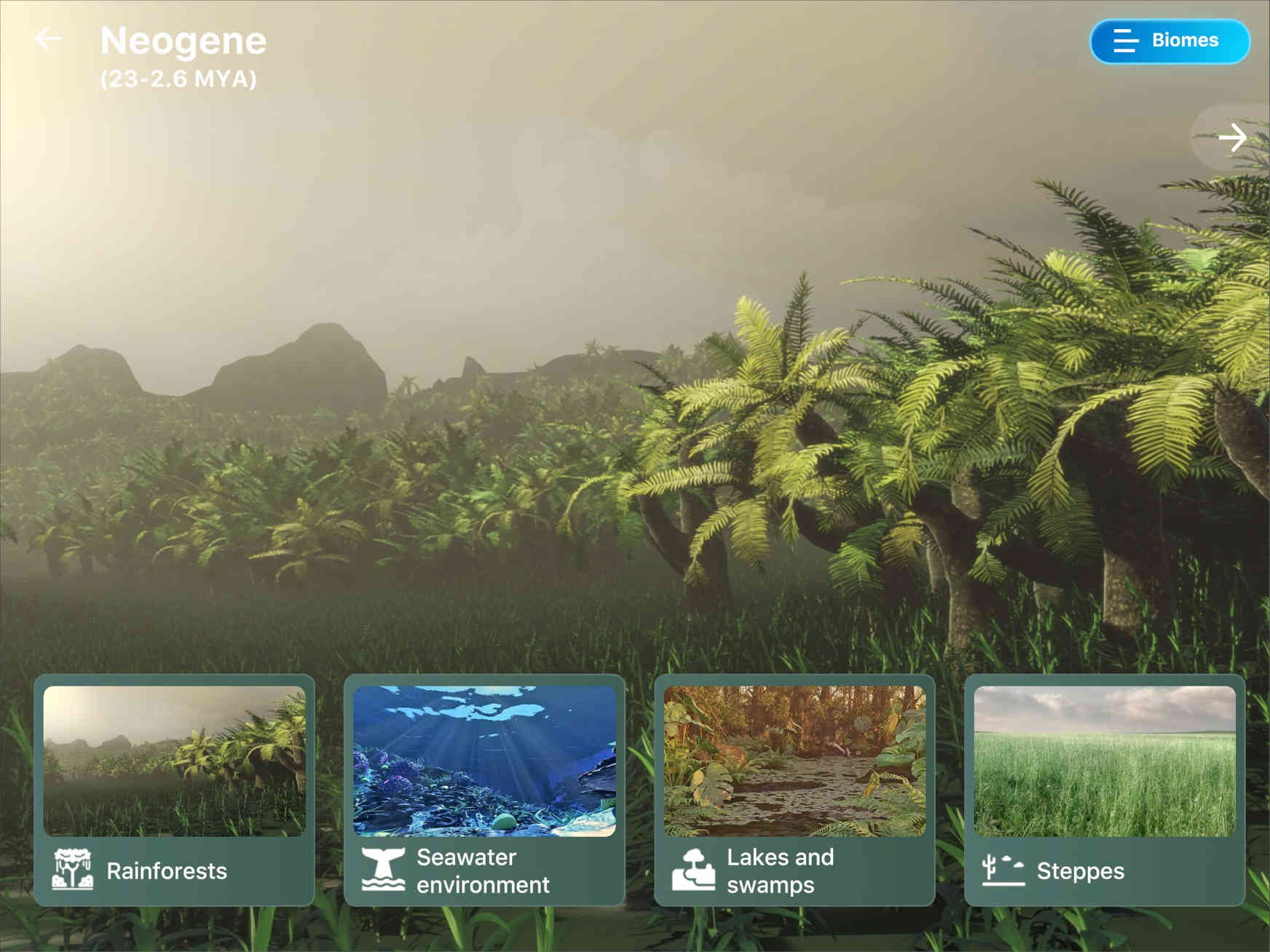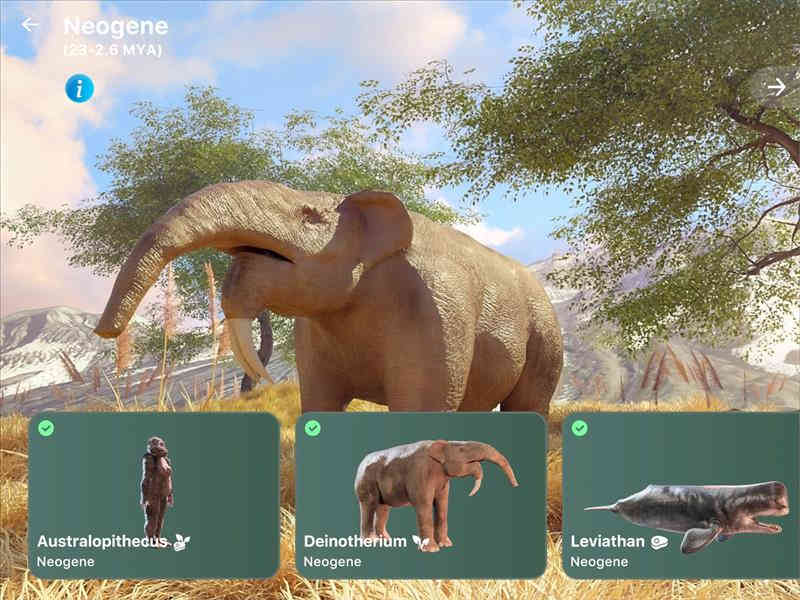Lakes and marshes

Lakes and swamps represent a unique community of living organisms. Aquatic inhabitants have the ability to live in stagnant water with a high content of organic substances. The creatures living on the shores of lakes and swamps are extremely moisture-loving. Soils around lakes, and especially swamps, are poor in minerals, creating difficulties for plant growth.
During the Cretaceous period, horsetails, ferns, club mosses, and mosses were abundant at lakes and swamps. This is not surprising - these plants even today prefer highly humid places, and some even grow in water. However, from the beginning of the period, ancient flowering plants start to play an increasing role. There's even a hypothesis that the shores of lakes and swamps became the site for the development of these plants. From the second half of the Cretaceous, flowering plants become the main inhabitants of the lake shores, such as Fairlingtonia, Potamogeton, and Brasenites, and also displace water spore plants.
Amon...
During the Cretaceous period, horsetails, ferns, club mosses, and mosses were abundant at lakes and swamps. This is not surprising - these plants even today prefer highly humid places, and some even grow in water. However, from the beginning of the period, ancient flowering plants start to play an increasing role. There's even a hypothesis that the shores of lakes and swamps became the site for the development of these plants. From the second half of the Cretaceous, flowering plants become the main inhabitants of the lake shores, such as Fairlingtonia, Potamogeton, and Brasenites, and also displace water spore plants.
Amon...
 3D BIOMES
3D BIOMES
